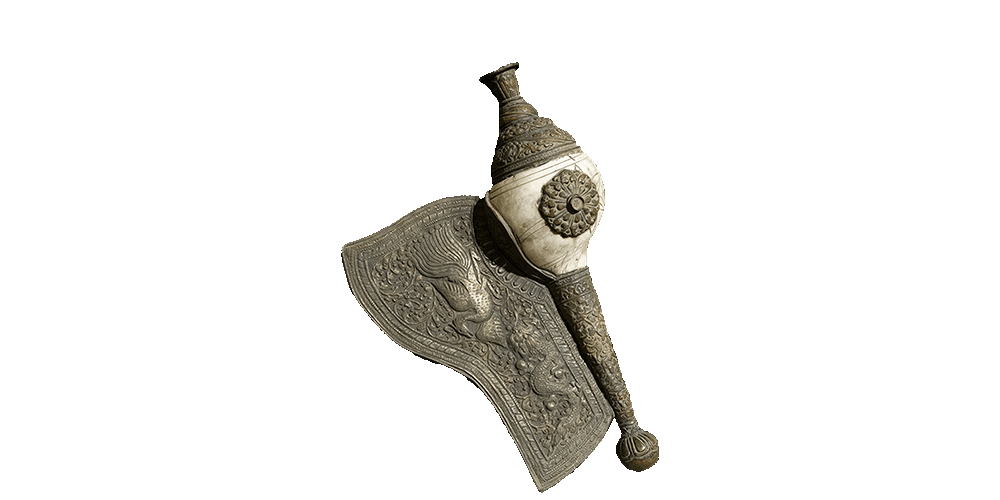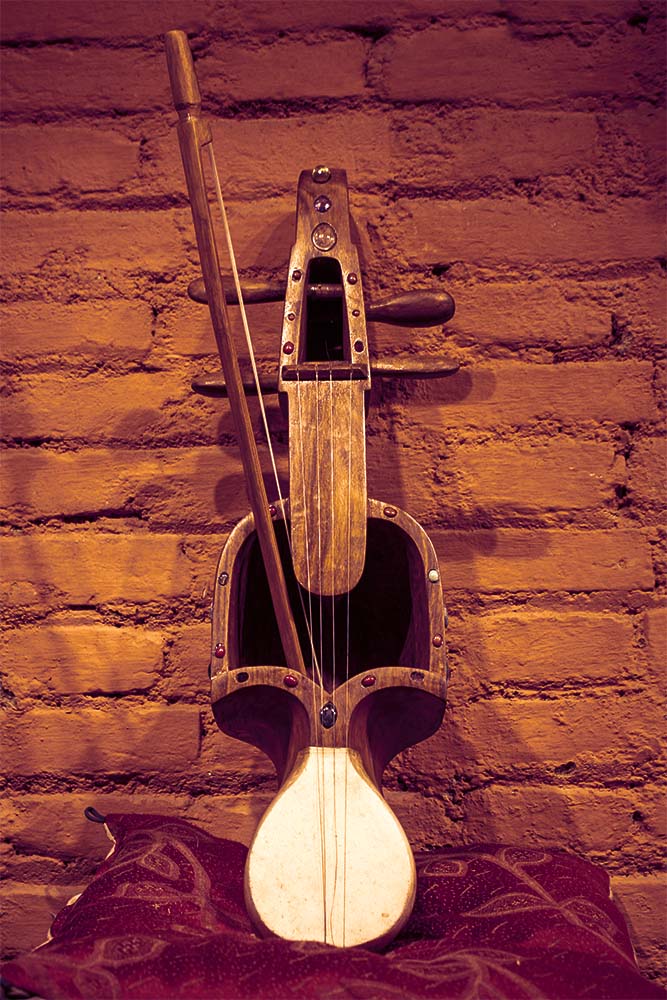
MUSIC MUSEUM OF NEPAL - NEPALI LOK BAJA SANGRAHALAYA
In 1995 Ram Prasad Kadel began a collection of traditional Nepali folk musical instruments in an effort to curtail the impending loss of his countries precious musical heritage. Profits from Ram’s own business financed research trips & purchases of endangered folk instruments. He subsequently founded The Nepali Folk Musical Instrument Museum (NFMIM) and registered it as a charity with the Nepal Government in 1997.
By 2002 this collection had become the largest and most comprehensive in Nepal and a decision was taken to open the museum to public access in temporary premises at Bhadrakali Temple in central Kathmandu. Finally in 2007 the museum, then holding more than 260 types of instruments, was re-housed in larger and more suitable, fully renovated, premises at Tripureswor Mahadev Temple and renamed Music Museum of Nepal (MMN).


The Museum now holds a collection of 655 distinct Nepali folk musical Instruments and over the years we have broadened our scope to encompass the rediscovery, conservation and promotion of the entire spectrum of Nepal’s traditional music and dance heritage.
Nepal has more than 100 different ethnic groups and castes, each with their own musical culture and traditions, to mark every occasion and rite of passage from birth to death and beyond.
Nepalis arrange numerous musical rituals and ceremonies according to their own caste’s traditions. The professional musician castes are Gaine, Damai, Badi and Kapali but there are accomplished musicians belonging to every Nepali ethnic group and caste and our research has identified more than 1300? distinct types of folk musical instruments in this small, but culturally rich, nation.
We believe Nepali folk music culture belongs to all our peoples, from the high Himalaya to the plains of the Teraai. We wish for all to appreciate the vulnerability of their unique heritage.
Because modern western music now frequently overshadows folk music, we believe there is an urgent need to inform and involve younger people in all aspects of traditional Nepali folk music and dance.
The realization that the number of folk musicians as well as some of the less common instruments, were in rapid decline, prompted us to collect and conserve instruments, to record folk melodies, playing techniques and dance steps and to preserve the skills of instrument making crafts workers. We maintain that authentic Nepali music runs through the veins of all proud Nepali citizens.
- Publication of Music Museum of Nepal’s biennial journal, ‘Baja’. Articles are in Nepali or English.
- Development of the museum as a facilitated, sophisticated musical resource centre with a comprehensive, archive, data base and library of video and audio recordings, books and manuscripts and music scores for the use of musicians, family members of deceased musicians and students, and researcher workers from home and abroad.
- The audiovisual recording of instrument making craftsworkers, traditional musicians, singers, and dancers.
- The digitisation of MMN’s Audiovisual Archive of Traditional Nepali Music and Dance, the most comprehensive in the world. Our ultimate aim is to make it universally available for education and research.
- A monthly workshop and concert for Tribhuvan University music students, which others are welcome to join.
- We provide guided tours to visitors and especially to large numbers of visiting school groups.
- Identification of endangered folk musical instruments and their musicians.
- Continued collection of representative examples of all the different types of folk instruments from widespread locations in Nepal.
- Research into names and origins of folk instruments and their relation to specific ethnic groups or castes.
- Musical training classes for both adults and children.
- Regular concerts eg featuring rare instruments or music of a particular geographical area. These can be posted live on the museum’s facebook page http://www.facebook.com/infim2011?ref=ts , uploaded to You tube and/or Laligurans tv.
- Publication of books, training manuals, audio CDs and DVDs
Transcription of melodies in musical notation. - Collection of folk songs’ lyrics.
- Support of poor musicians and their families.
- Providing study bursaries for talented young musicians.
- Forming international links with music institutions in other countries.
- Promoting music festivals and singing and instrument playing competitions in many districts of Nepal.
- The public exhibition of rare instruments at festivals and the demonstration of playing techniques.
The museum is open to the public and houses the world’s largest collection of Traditional Nepali Music Instruments and also the biggest and most comprehensive Audiovisual Archive of Traditional Nepali Music and Dance. We are continually adding newly acquired instruments and audiovisual recordings and updating the database.
Thanks to 2 major awards, from the Endangered Archives Programme (EAP) administered by the British Library (BL) and a smaller award from ICHCAP under the auspices of UNESCO, we have so far digitised approximately 10% of MMN’s total analogue audiovisual archive, most of which will be made available online via the BL website. We are continuing the digitisation work as and when sufficient funds become available to pay technicians salaries.
MMN has reconstructed and reintroduced some of Nepal’s extinct folk musical instruments following information gleaned from temple iconography and from the memories of senior citizens.
We publish musical instrument training manuals, other music books, audio CDs and DVDs for sale and can also provide hand crafted musical instruments to order.
Our ideal and ultimate aim is to be able to buy land on which to erect a purpose built and permanent, facilitated Music Museum, worthy of Nepal’s vast and rich Musical Heritage.
To equip a small recording studio at the museum.
To continue sharing and exchanging our resources and knowledge base with other musical institutions globally.
To provide educational opportunities for students and interns interested in musical and historical archiving.
To continue to record historically and culturally important musical events, festivals, music and dances and the performances of master musicians including interviews with significant individuals who have historical knowledge to impart.
If you would like to help us in these efforts to preserve Nepal’s rich folk music heritage, please contact us. Namaste!
